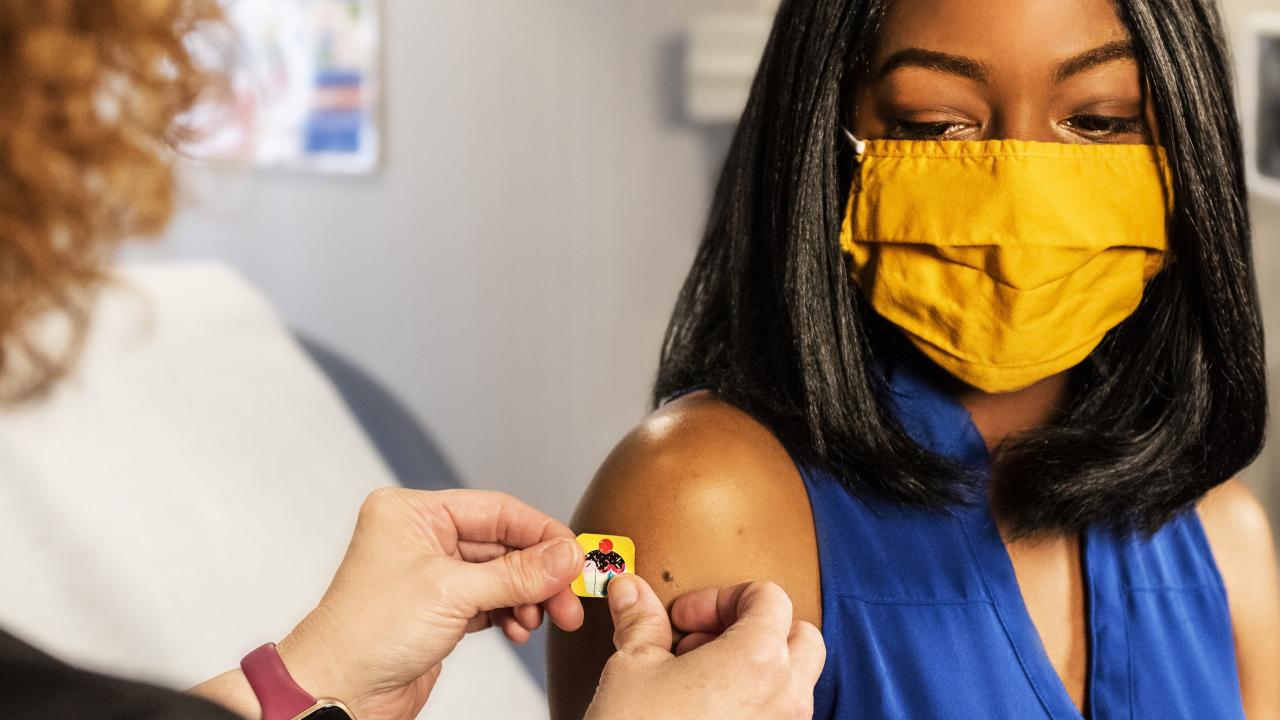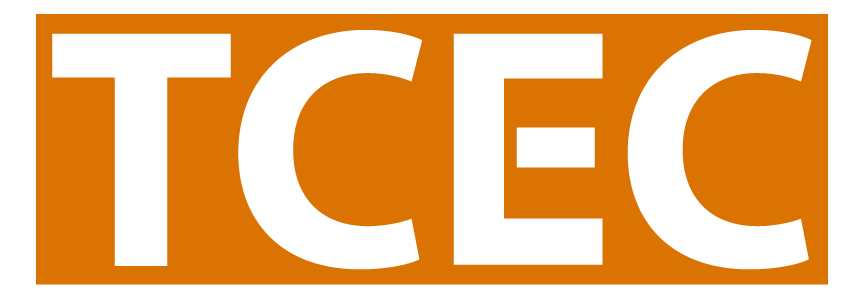
COVID Positives
In February 2020, as I was returning to work from a vacation in Mexico, news about COVID-19 patients at UC Davis hit my inbox. Less than a month later, the TCEC offices at the university, along with workplaces across the country, would be empty.
Many of us were asked to move away from our work on tobacco control in order to help address the COVID-19 pandemic, and for good reason, as we are first and foremost public health advocates, and this was the single largest public health crisis in over 100 years1 .
While we haven't yet reached the end of this global health crisis, it's worthwhile to look at the positives that have come out of the pandemic.
First, people paid more attention to health, especially as it related to their lungs. In early March 2020, the Rover Library asked me for help translating a resource on emerging data, which linked vaping to an increase in COVID-19 severity in patients. The data showed that people who vaped or smoked were more affected by COVID-19, so smoking or vaping was linked to an increased risk of severe illness or even death.
Simultaneously the Tobacco Evaluator Alliance (TEA) learned that evaluation activities were being disrupted by COVID-19. No longer were in-person public intercept surveys an option-- neither were retail observations, nor park observations as all California residents were being asked to stay home. The public spaces that are a staple of tobacco control evaluation were emptied, and approaching people for a moment of their time was no longer feasible. Even if brave data collectors could be deployed, questions about the reliability and validity of the data arose.
TEA responded. This group of dedicated evaluators came together and developed a COVID Flex Options resource to help evaluators troubleshoot the challenges and changes. TEA and other CTCP-funded projects discussed and found creative and innovative ways to carry on.
While we have seen many things change, we do have much to be proud of, during an unprecedented time many coalitions continued to meet, and many were able to increase memberships, as the switch to online meetings made attending more accessible, and the new flexibility in our time and location made it possible for more people to attend.
Many previously embattled policies were pushed forward, as city councils began to see the links between smoking and vaping and compromised lung health. While we can look at the past year and a half as a dark period, I think we can also look back with pride. Young people of tomorrow may breathe a little easier as a result of the steps we took to end commercial tobacco in California during one of the most stressful times in modern history.
As you sit to write your evaluation reports, think past those things that you were unable to complete and think more about how your program continued to move forward, even through small steps, or different steps than originally planned. Share some of the decision-making processes you used to get around various roadblocks. Remember to highlight the supports and resources that helped you navigate the changes so that other projects or your future selves can keep a lookout for those helpers as well.
Need help on reporting how your project was impacted by these major events? TCEC is here to help! Join us for a series of webinars on reporting limitations, biases, and COVID disruptions.
- 1The last being the Influenza Pandemic of 1918
